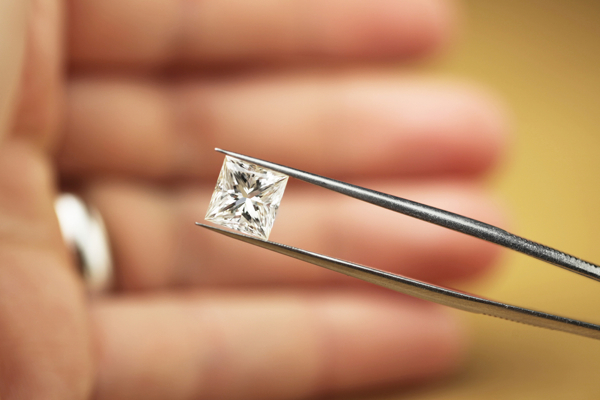
(Image by UKMarkJ | Shutterstock.com)
Russia’s Alrosa, Anglo American’s De Beers, Rio Tinto, Lucara, Dominion, Petra and Gem Diamonds are joining forces to market their gems and counter threats such as the expansion of synthetic stones.
The group, called the Diamond Producers Association (DPA), will promote diamonds as a luxury item for high-end consumers and highlight the attraction of natural diamonds amid concerns that some consumers may soon begin favouring cheaper synthetic rocks.
The association, which counts with a $6 million yearly budget, claims to be “the first-ever international representative organization to be formed by some of the leading diamond producers,” DPA said in an e-mailed statement.
The freshly formed entity will step into a role once filled by De Beers, which at one point controlled over 80% of the world’s mined diamonds and pioneered the use of diamonds in engagement rings.
Synthetics challenge
Industry sources believe DPA’s key challenges will be to curb entry of undisclosed man-made diamonds into the market. But for diamond analyst, Paul Zimnisky, such task won’t be a challenging one. At least for now:
“The pricing of synthetics is not yet attractive enough to convert the indifferent customer, nor is the product accessible enough for the unwilling e-shopper,” he wrote earlier this month. “Until there is at least one display case devoted to synthetics in the national jewellery chains and department stores, synthetics’ reach may be limited to being just that of a specialty item.”
In the past year, prices for rough diamonds have fallen 13%, affecting miners everywhere and putting extra pressure on the industry’s so-called midstream segment — the companies in China, India, Belgium and elsewhere that buy diamonds from mine operators, then cut and polish the gems for use in jewellery.
De Beers, which is still the world’s leading diamond producer and mines in southern Africa and Canada, failed to sell 30% of the rough diamonds at its March sale. Last month it cut its 2015 output target to 30 million to 32 million carats, from as much as 34 million carats.
South Africa-focused Petra Diamonds (LON:PDL) said in April that sales in the first three months of 2015 dropped 41%, to $96.1 million. The firm attributed the decline in part to problems that wholesalers are having getting credit to purchase rough diamonds.
2 Comments
stockhouse ekim
Population growth = Higher oil/electrical prices over the long term. Synthetics are directly proportional to energy prices and will be so in the future.
Natural diamonds have significantly more variables to them….not just a marketing plan.
EKIM
Blog – http://chidliak.blogspot.com
Twitter – https://twitter.com/EkimDiamonds
Apple
The synthetic manufacturers can just move production to Iceland.
Huge geothermal and hydro power.